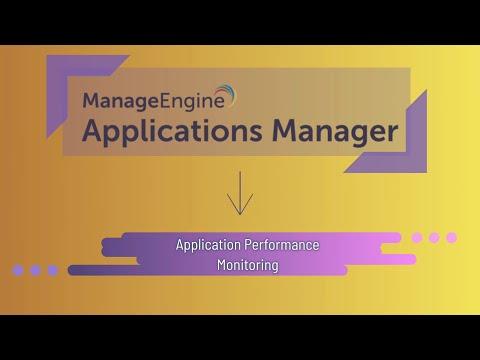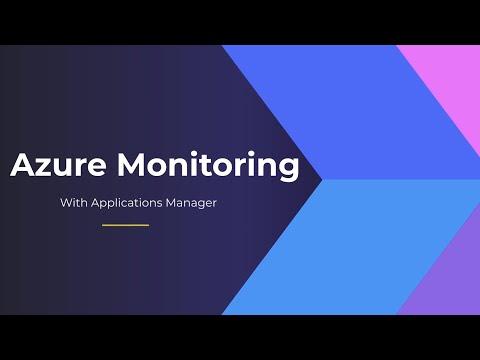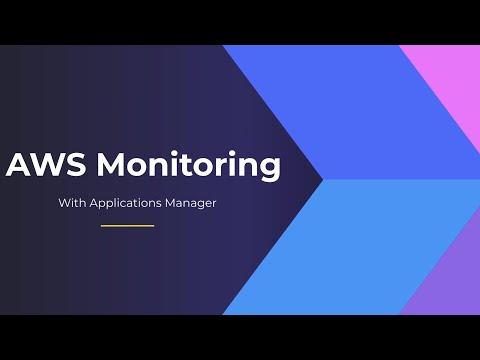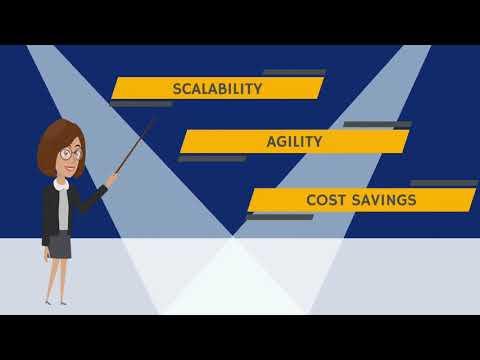There are many challenges facing application teams today, as they are tasked with trying to reduce administrative, support, and help desk costs through active application management; improve end-user quality of service with efficient application and upgrade delivery; and lower operational costs through automatic application self-healing.
Some companies have turned to automation to lower costs and increase efficiency, but the increasing number of distributed, virtual and cloud-based applications pose a unique challenge for Application Performance Management (APM) as processes quickly become outdated and insufficient. And to make matters worse, the complexity of application delivery environments is outstripping the ability of APM products to monitor and manage performance.
Recent headlines, such as “Person Drives 100 Miles in Wrong Direction, Following GPS,” have shown us that automating complex processes without any human touch has a high propensity to go awry. Relying 100 percent on automation without any human intervention can leave processes stale and keep businesses stuck in a holding pattern, waiting for the next major process update that could take months to years to complete.
That's why innovative companies are leveraging next-generation technologies that integrate social and collaborative capabilities at the platform layer of automation tools to create a human-centric approach to complex process automation.
More traditional APM automation tools enable users to leverage reporting and analytics to detect issues and then use static run books to remediate those issues. But rather than getting a real-time glimpse into service issues, these static procedures are only providing a snapshot in time. What if the users had access to more than analytics and static run books? What if the users were empowered with the knowledge of an organization’s subject matter experts in real-time?
Traditional runbooks typically contain static decision trees that capture a process at one given point in time. Collaborative-driven automation tools feature dynamic decision trees, which allow users to drill down to resolutions faster within the knowledge management database, based on a series of intuitive questions assessing the symptom or the reported application issue.
The effectiveness of these decision trees is enhanced when the organization's most skilled experts are updating or adding to resolutions in real time to address newly emerging and/or more prominent topics. The result is a method of dynamic knowledge capture that keeps the bank of procedures current, so that users are able to rely upon information that reflects the resolutions that work best at any given point in time.
With this immediate access to real-time updated knowledge, innovative companies are empowering human ingenuity in their organizations and achieving the below results with the latest APM automation tools:
- End-to-End Process Automation with unified orchestration and collaboration, combining multiple automation solutions into one process with integrated workflow capabilities and end-to-end reporting across multiple and parallel workflows.
- First level staff are enabled to perform automated diagnostics and remediation in response to both inbound tickets and analytic trends and notifications picked up by performance reporting tools.
- Associate skillsets are being normalized with automations that don’t require advanced or specialized skills to create. Relevant knowledge documents are “pushed out” based on incident/issue type, and decision tree technology guides IT/First-Level technicians to relevant information and automations based on the symptoms presented.
- Improved application availability for end-users is created by reducing downtime cycles from hours to minutes and reducing the number of emergency bridge calls required to resolve issues.
- Compliance and auditing (CoBIT/SOX) are improved with analytics for audit trails and SLA compliance.
- Reduced average Mean Time to Resolution (MTTR) can be seen through enabled engineers.
- Application teams can run tests outside of their application and assign fault to those groups without a bridge call.
- Problem solving steps are automatically executed in parallel instead of serial manual execution. Issues are no longer fixed by the engineer logging into tool #one, executing a series of commands, interpreting results, then logging into tool #two, executing commands, interpret results, etc. Instead, the engineer runs a series of commands simultaneously at the push of a button, and gets back results in a simple to understand format.
Application Performance Management entails complex processes that can and should be automated. But rather than eliminate human touch, automation tools should empower associates to execute the best possible automations with the collective, real-time knowledge of the organization.
When organizations implement automation technologies that leave human collaboration out of the process, it isn’t difficult for the “less-than-best” process to be followed, requiring multiple teams to be thrown into fire-fighting mode. Improved collaboration on processes allows more time to be spent on strategic initiatives and proactive management of applications. Not only will the entire organization benefit, so will the customers. And making and keeping customers happy should be the top goal for every organization.
ABOUT Payal Kindiger
As Executive Vice President of Marketing and Managed Services for gen-E, Payal Kindiger leads the company’s branding and marketing efforts, inside sales operations, organizational strategy, customer care, and managed services offerings. Prior to joining gen-E in 2003, she was a member of the management team at Deloitte and Touche. She has worked with several Fortune 500 companies and has managed client-service projects in IT business process re-engineering and organizational development across a number of industries.
Related Links:
The Latest
Industry experts offer predictions on how NetOps, Network Performance Management, Network Observability and related technologies will evolve and impact business in 2025 ...
In APMdigest's 2025 Predictions Series, industry experts offer predictions on how Observability and related technologies will evolve and impact business in 2025. Part 6 covers cloud, the edge and IT outages ...
In APMdigest's 2025 Predictions Series, industry experts offer predictions on how Observability and related technologies will evolve and impact business in 2025. Part 5 covers user experience, Digital Experience Management (DEM) and the hybrid workforce ...
In APMdigest's 2025 Predictions Series, industry experts offer predictions on how Observability and related technologies will evolve and impact business in 2025. Part 4 covers logs and Observability data ...
In APMdigest's 2025 Predictions Series, industry experts offer predictions on how Observability and related technologies will evolve and impact business in 2025. Part 3 covers OpenTelemetry, DevOps and more ...
In APMdigest's 2025 Predictions Series, industry experts offer predictions on how Observability and related technologies will evolve and impact business in 2025. Part 2 covers AI's impact on Observability, including AI Observability, AI-Powered Observability and AIOps ...
The Holiday Season means it is time for APMdigest's annual list of predictions, covering IT performance topics. Industry experts — from analysts and consultants to the top vendors — offer thoughtful, insightful, and often controversial predictions on how Observability, APM, AIOps and related technologies will evolve and impact business in 2025 ...
Technology leaders will invest in AI-driven customer experience (CX) strategies in the year ahead as they build more dynamic, relevant and meaningful connections with their target audiences ... As AI shifts the CX paradigm from reactive to proactive, tech leaders and their teams will embrace these five AI-driven strategies that will improve customer support and cybersecurity while providing smoother, more reliable service offerings ...
We're at a critical inflection point in the data landscape. In our recent survey of executive leaders in the data space — The State of Data Observability in 2024 — we found that while 92% of organizations now consider data reliability core to their strategy, most still struggle with fundamental visibility challenges ...










